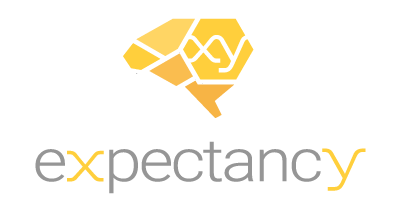We live in a time and age of information overload. Information comes at us through a variety of channels – email, social accounts, television, meetings, etc. Sorting through this abundance of information can be tough when such a large portion of it is irrelevant. Remembering everything you have read, heard or seen is even harder. As humans, we have a limited capacity to store information in our short-term memory. This poses a challenge to organizational learning. For a long time, organizational learning included long training and development courses with time constraints. Today, organizations are moving towards shorter training pieces to increase learner engagement, retention and application of the learned material. We call this approach microlearning. Below, we discuss microlearning and how it could improve your learning strategy.
What is Microlearning?
Microlearning is a way of delivering content in small, short, strategic chunks. It is often referred to as “bite-sized learning.” It presents the learner with just the right amount of information to achieve their learning goal, eliminating the burden of information overload. Although there are many ways in which microlearning can be presented, it is most often presented in the form of short, 3-5-minute videos. So, how can it improve your learning strategy?
Increases Engagement
Overwhelming workloads often force employees to put learning on the backburner. Employees have little motivation to sit through an hour of coursework when they have a lot of work on their plate. Microlearning takes this into account, creating condensed content that learners can fit into their workflow. It also considers learner’s short attention span and limited retention capacity. This learner-centric nature boosts learner engagement.
Allows for Easier Reference and Improves Application of Material
Microlearning can be used both as training material and reference material. When employees want to look back upon their training for reference, it is easier to find what they are looking for in a microlearning asset, as opposed to sorting through a longer eLearning course. The less time it takes for a learner to sort back through their training, the more likely they are to reference it in the future, and apply the learned material on the job. According to the Journal of Applied Psychology, microlearning makes the application of learned material on the job 17% more efficient.
Personalizing Learning
Organizational information and needs are changing faster than ever. It is important to get employees the resources they need to succeed in the ever-changing context of their role. Microlearning is an easy way to stay on top of this. Not only are microlearning assets easier to create, but it is also easy to get them to the right learners. Assets can be tagged based on the employee competencies they cover. If an employee is scoring low on a competency, learning assets can be pushed their way. This is what we call personalized learning. It gets the learner the information they need, at the time they need it most.
Often times, microlearning courses build upon each other, to support an overarching learning goal. When creating microlearning assets, it is important not to lose sight of the bigger picture. If you keep your learning assets connected, they serve to be a great approach to boosting your overall learning strategy.


